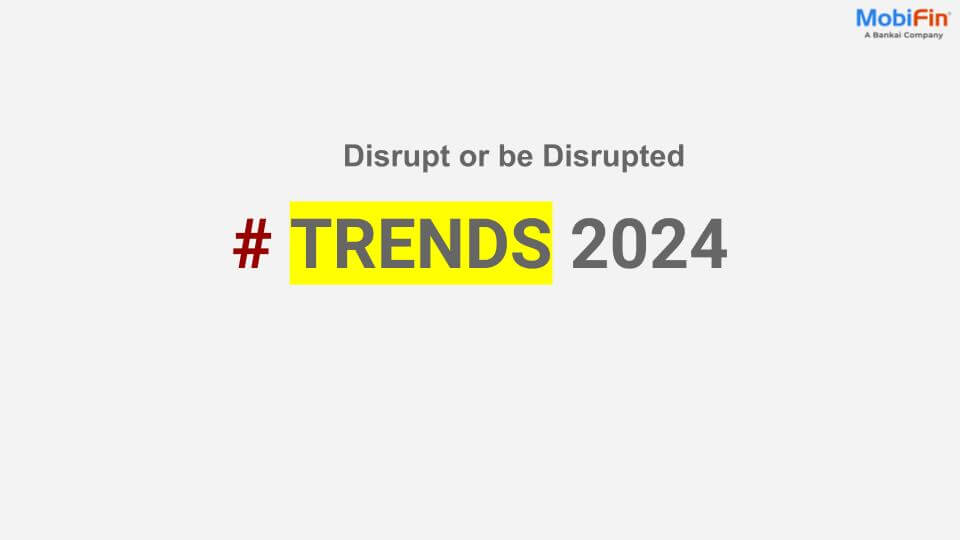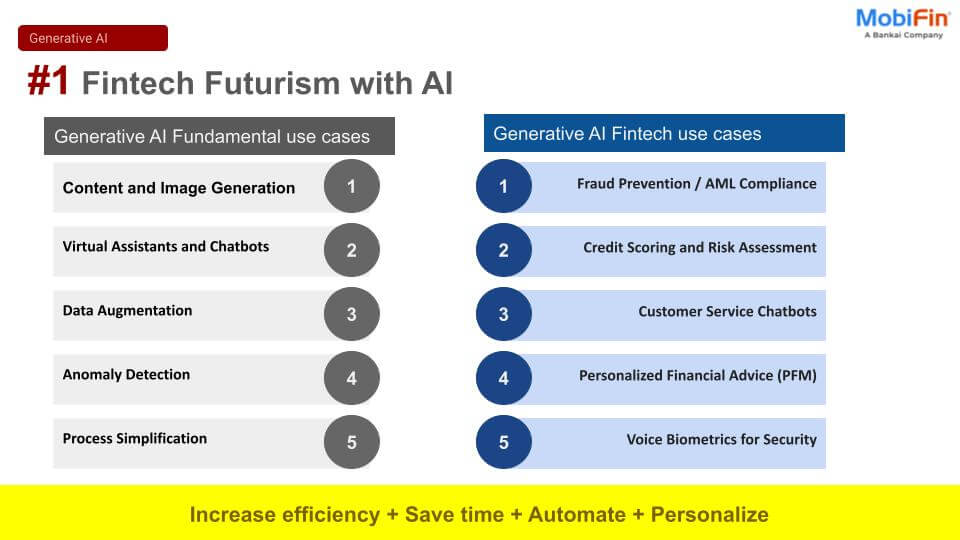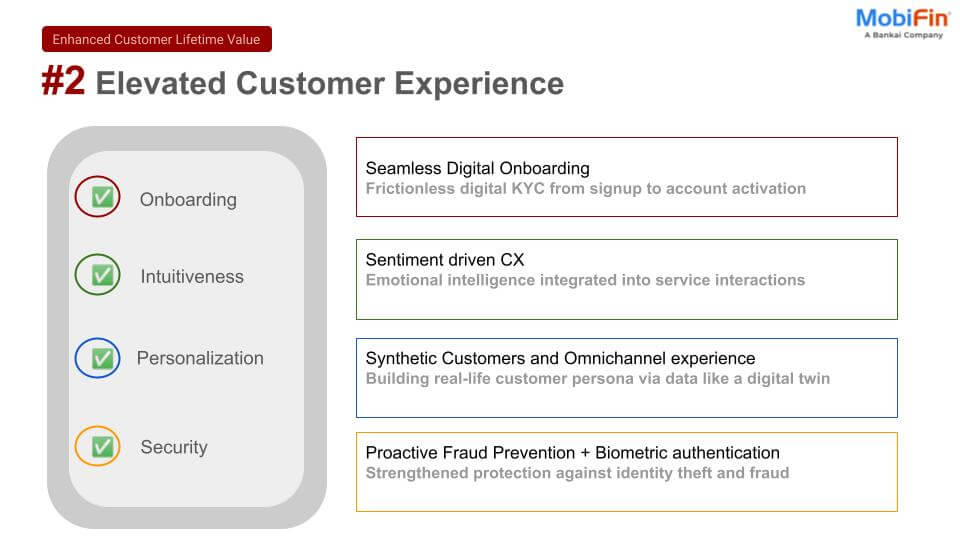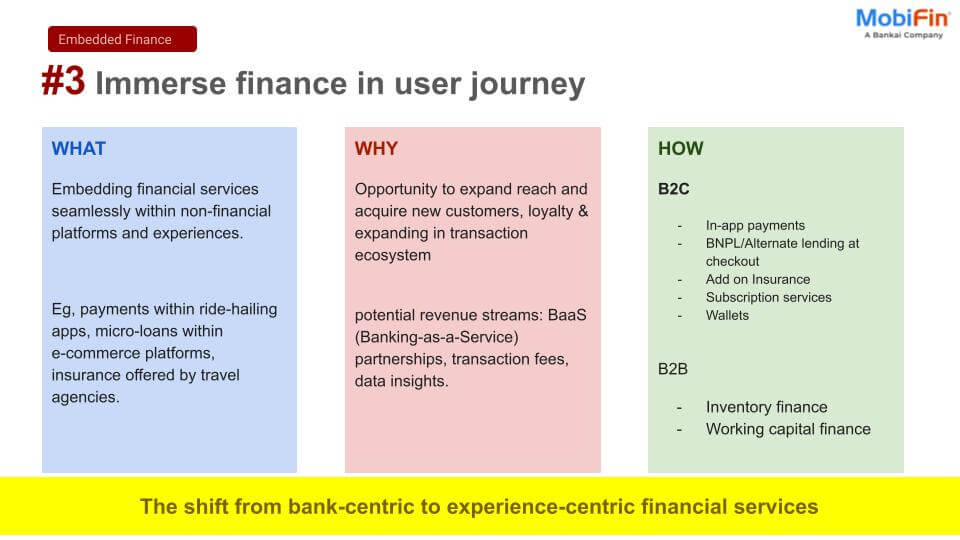Leveraging AI, accurately predict your agents’ fund levels, optimizing your agent network performance. Discover how this data-driven approach can revolutionize your agent network liquidity management.
Agent float in agency banking
Agent float is the lifeblood of agency banking. It’s the cash or credit available to agents, enabling them to conduct financial transactions on behalf of financial institutions in areas with limited banking access.
By providing agents with sufficient float, financial institutions ensure uninterrupted service to customers, facilitating transactions like cash deposits and withdrawals. This working capital is essential for maintaining a smooth and efficient agency banking network.
Challenges in agent network liquidity management
Insufficient float is a primary challenge for agents, leading to declined transactions, customer dissatisfaction, and damage to the institution’s reputation. Rebalancing accounts and addressing liquidity shortages can also increase operational costs.
These challenges can result in missed revenue opportunities, disrupted operations, reduced efficiency, and even non-compliance with liquidity regulations. These can potentially lead to fines and penalties.
The power of AI-powered forecasting tools in agency banking model
AI-powered forecasting tools can revolutionize agent network liquidity management. By analyzing historical data, market trends, and other factors, these tools accurately predict agents’ float requirements. This empowers you to optimize resource allocation and ensure agents have the necessary funds to meet customer needs.
AI models consider a variety of factors for accurate predictions, including:
- Past transaction trends: Historical transaction volume patterns.
- Demography and geography: Population characteristics, income levels, and spending patterns.
- Weather forecast: Potential impact of natural disasters and seasonal changes on transaction patterns.
- Holiday calendar: Expected shifts in transaction patterns during festive seasons and holidays.
- Weekends: Potential differences in transaction patterns and business hours on weekends. Additionally, many agents may have limited business hours on weekends, which can lead to concentrated demand during those times.
How can AI forecast variables for float
AI-powered forecasting tools can accurately predict agent float requirements by considering the following factors:
- Current float needs: Immediate liquidity needs based on current transaction volumes and anticipated demands.
- Future float needs: Expected demand for funds the following day.
- Weekly and monthly float requirements: Long-term forecasts for proactive planning and resource allocation.
- Agent account balance and replenishment: Current balance, replenishment methods, and overall capacity to meet transaction demands.
By analyzing these factors, AI models can optimize resource allocation, minimize the risk of declined transactions, and ensure a seamless customer experience.
Building a predictive engine
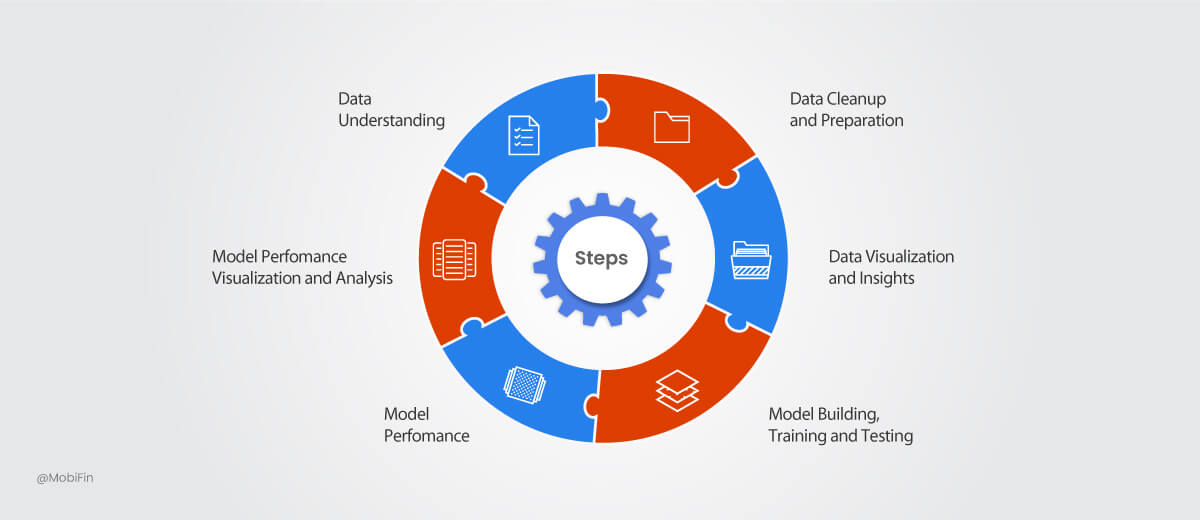
Building an AI-powered predictive system requires a structured approach:
- Data collection: Gather comprehensive data on transaction volumes, types, timings, agent information, and market data from your agent banking network.
- Data analysis: Visualize and analyze the data to identify patterns, trends, and relationships between transaction volumes, agent characteristics, and market indicators.
- Model development: Build and train appropriate machine learning algorithms using the prepared data to create a predictive model.
- Model testing: Evaluate the model’s performance using relevant metrics to ensure accuracy and reliability.
- Model deployment: Integrate the trained model into your agency banking system to provide real-time predictions. Regularly update and monitor the model to maintain its accuracy and adapt to changing conditions.
- Model deployment: Integrate the trained model into your agency banking system to provide real-time predictions. Regularly update and monitor the model to maintain its accuracy and adapt to changing conditions.
Here’s how AI-powered agent network liquidity management supercharges agency banking
An AI-powered agent network liquidity management solution offers numerous benefits, empowering financial institutions to:
- Proactively address liquidity challenges and ensure uninterrupted agent network operations.
- Optimize resource allocation and reduce operational costs by minimizing manual intervention and the risk of liquidity shortages.
- Deliver exceptional customer experiences and foster long-term loyalty by preventing declined transactions and ensuring seamless service.
- Gain valuable insights into agent network performance, enabling data-driven decision-making and continuous improvement.
- Mitigate regulatory risks by ensuring compliance with liquidity requirements and avoiding penalties.
Conclusion
AI is a key to unlocking exceptional agent network performance. By accurately predicting future liquidity needs and optimizing resource allocation, AI can drive efficiency, boost profitability, and deliver outstanding customer experiences. As the agency banking landscape continues to evolve, AI will be indispensable for effective agent network liquidity management.
MobiFin’s unified digital banking and payments platform offers a comprehensive solution for banks, fintechs, telecoms, credit unions, and digitech companies seeking to enhance customer experiences and support next-gen use cases.
As an example of success, at CRDB Bank in Tanzania in 2023, our agency banking channels processed over 80 million transactions—a 12% increase year-on-year during a system migration year. This has significantly boosted CRDB’s net income, contributing TZS 66.3 billion to fee and commission income, up from TZS 54.3 billion in 2022, marking a remarkable 22% growth.
We understand that every market presents unique challenges, and that’s why we tailor our solutions to meet the specific needs of our partners like Stanbic, CRDB, and others.
Connect with us and explore how our AI-powered can be customized for your market.










